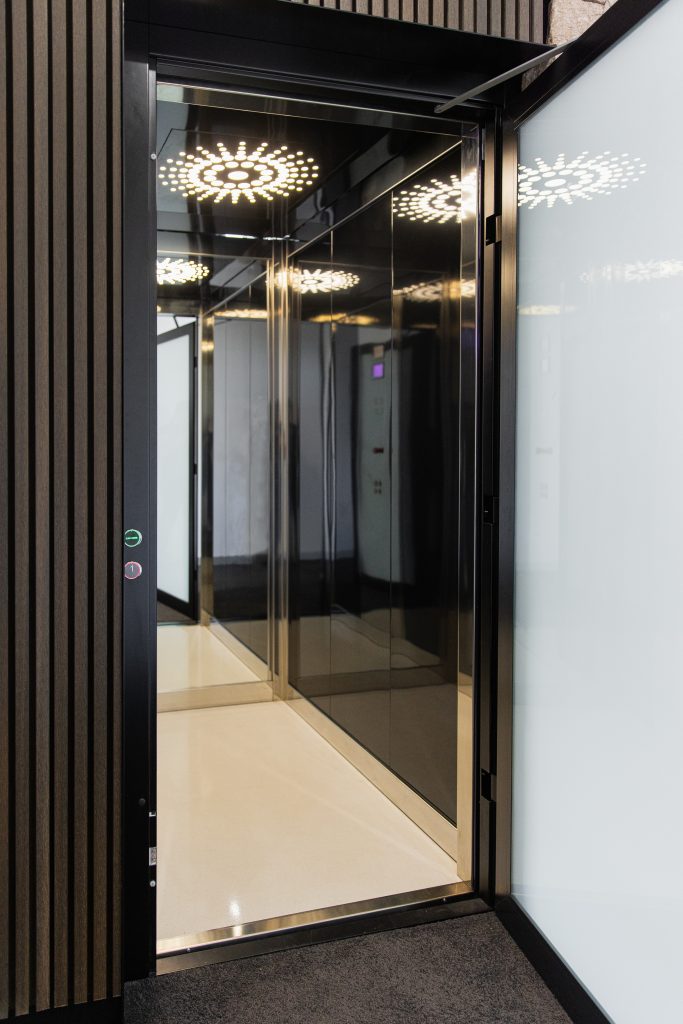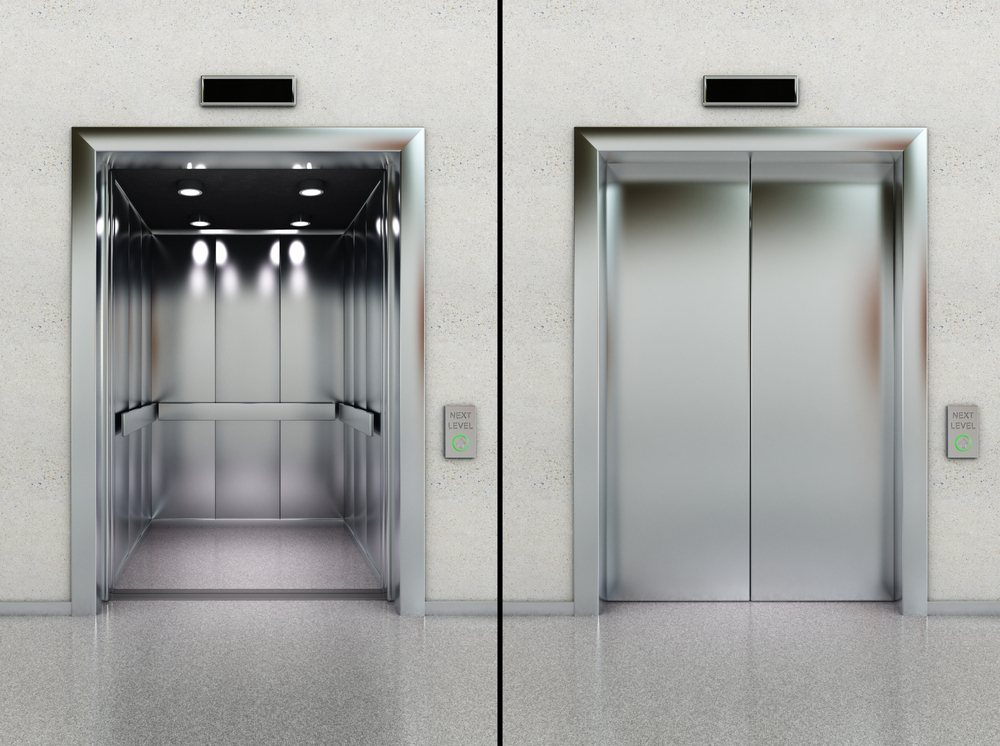Cost Effective Lift Repair Near Me: Professional Service Technicians at Your Service
Cost Effective Lift Repair Near Me: Professional Service Technicians at Your Service
Blog Article
Looking Into the Globe of Elevators: Typical Concerns Faced by Various Lift Systems
As we navigate through the vertical transport systems of contemporary structures, lifts attract attention as an important part of our every day lives. However, behind their smooth operation exists a globe of detailed devices that can occasionally experience difficulties. From hydraulic lifts to grip systems and machine-room-less designs, each lift type includes its set of typical issues. Recognizing these challenges is essential for making sure the smooth functioning of these vital systems. Let's check out the intricacies that underlie the procedure of elevators and the prospective issues that can emerge, losing light on the intricate web of lift mechanisms.
Hydraulic Elevators
Hydraulic lifts, frequently liked for low-rise buildings, use fluid pressure to control the activity of the elevator car (lift repair companies). This device includes a hydraulic pump pressing oil into a cyndrical tube, causing the elevator to relocate the wanted instructions. While hydraulic lifts are recognized for their smooth and peaceful procedure, they do feature their very own collection of typical problems
One prevalent trouble with hydraulic elevators is oil leakage. In addition, concerns with the control system, such as defective shutoffs or a malfunctioning pump, can create disturbances in the elevator's activity.
Normal maintenance and timely repair work are vital to ensure the smooth performance of hydraulic elevators. By attending to these usual problems proactively, structure owners can reduce downtime and ensure the safety and performance of their vertical transport system.
Grip Elevators
When taking into consideration vertical transportation systems in buildings, another common kind besides hydraulic lifts is the traction lift. Grip elevators run making use of a system of ropes and counterweights that relocate the elevator auto by grasping onto the hoist ropes. This mechanism enables for smoother and much faster vertical transport compared to hydraulic systems.
Among the common problems faced by grip lifts is rope wear. The constant activity of the ropes within the traction system can lead to damage in time, possibly causing the elevator to malfunction or end up being dangerous for usage. Normal examinations and maintenance of the ropes are important to make certain the elevator's correct performance and safety.
An additional issue that traction elevators might experience is connected to the control system. Problems with the control system can lead to problems such as erratic movement, hold-ups in response times, or even full closures. Normal testing and maintenance of the control system are essential to avoid such problems and guarantee the lift's integrity.
Machine-Room-Less (MRL) Lifts

One of the vital parts of MRL lifts is the compact gearless traction maker that is mounted within the hoistway. This machine efficiently drives the elevator auto without the need for cumbersome devices located in typical grip lifts. In addition, MRL elevators commonly use a counterweight system to stabilize the car, further improving their power effectiveness.
Regardless of their benefits, MRL lifts may encounter challenges associated to repair and maintenance as a result of the constrained space for tools installment. Ease of access for servicing parts within the shaft can be limited, calling for specialized training for service technicians. Appropriate upkeep routines and normal examinations are vital to guarantee the ongoing smooth operation of MRL lifts.
Overloading and Weight Restriction Issues
Are elevators outfitted to handle excess weight loads effectively and safely? Overloading and weight limit concerns are critical worries in elevator operations. Elevator manufacturers layout lifts with details weight capacities to guarantee passenger safety and security and devices long life. Surpassing these weight limits can result in various problems, consisting of mechanical failings, hold-ups, and safety and security dangers.
When lifts are strained, it places extreme stress on the motor, cables, and various other components, potentially creating malfunctions or breakdowns. Safety devices such as sensors and overload sensing units remain in area to avoid elevators from moving if they discover excess weight. Additionally, exceeding weight restrictions can result in raised power usage and deterioration on the elevator system.
To minimize straining issues, constructing managers need to plainly present weight restrictions in elevators and educate passengers on the significance of sticking to these constraints - lift repair companies. Routine maintenance checks by certified professionals can likewise assist make certain that lifts are running within secure weight criteria. By resolving overloading and weight limit concerns proactively, building owners can enhance lift security and efficiency
Electric System Failures
Going beyond weight limits in elevators can not only lead to mechanical concerns however additionally potentially add to electric system failures lift companies in London within the lift framework. Electric system failings are a crucial problem in elevator operation, as they can trigger unanticipated closures, malfunctions, or even security risks.
Additionally, power surges or variations in the electrical supply can additionally interrupt the lift's operation, influencing its efficiency and security. These electric disruptions can harm sensitive elevator elements such as control board, circuit card, or sensing units, leading to system failures. Normal upkeep and assessments are vital to recognize and deal with prospective electric concerns quickly, ensuring the safe and effective procedure of elevator systems. By adhering to weight restrictions and performing routine electrical system checks, building owners can alleviate the threat of electric failings in lifts.
Conclusion

Hydraulic lifts, usually favored for low-rise buildings, make use of fluid stress to manage the motion of the elevator auto.When considering upright transport systems in buildings, an additional common kind aside from hydraulic lifts is the traction lift. Grip elevators operate making use of a system of ropes and counterweights that move the lift automobile by grasping onto the hoist ropes. Unlike traditional elevators that require a separate equipment space to house the devices, MRL elevators integrate most of the components within the shaft, getting rid of the demand for a committed maker area.In verdict, lifts encounter common concerns such as lift companies in London hydraulic breakdowns, traction system failures, and electric system problems.
Report this page